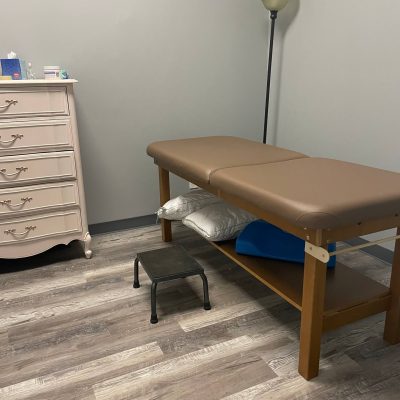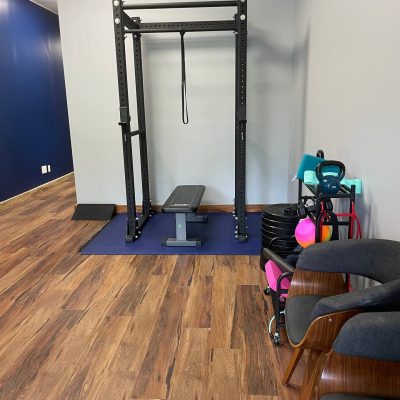What Does the Vagus Nerve Do? How Can I Improve My Vagal Tone?
The Vagus nerve is one of the longest running nerves in the body. The vagus nerve is a part of the sympathetic and parasympathetic nervous system. The sympathetic nervous system is responsible for your “fight or flight” response in times of stress. The parasympathetic nervous system helps with “rest and digest”. The parasympathetic nervous system is particularly regulated by the Vagus Nerve, which is involved in controlling your heart rate, digestion, and assists in immune system function. Stimulating the Vagus Nerve can improve your emotional, mental, and physical well-being.
The activity of your Vagus Nerve is referred to as your Vagal Tone. The better your Vagal tone, the better your body’s response to stress can potentially be. Stress can be pain, fear, or true stress. One of the most common places people hold their “stress” is in their pelvic floor. Addressing Vagal tone can make a big impact on relaxing the pelvic floor and reducing stress.
Here are techniques to stimulate the Vagus Nerve and improve Vagal tone. The great thing about these Vagus nerve techniques is that it gives you control over your own nervous system. You can incorporate these throughout the day since they only take seconds to perform.
- Deep Breathing: Breathe in deeply through your nose and out slowly through your mouth. Try to hold the inhale breath for a few seconds before you very slowly exhale. Breathe deep into your lower belly. The goal is to slow the rate of breathing to 6 breaths per minute.
- Loud humming or singing can stimulate the Vagus Nerve because the nerve is connected to your vocal cords as well.
- Cold Exposure: Acute cold exposure can stimulate your Vagus Nerve. Try turning your water to cold for 30 seconds during your next shower! If you are brave, there are now cryotherapy centers where you can immerse yourself in a cold bath or cryosphere.
- Laughing stimulates the diaphragm which stimulates the Vagus Nerve.
- Vagus Nerve Massage in the Carotid Sinus (gentle massage along the sides of your neck) along the Sternocleidomastoid muscle
- Vagus Nerve Auricular Release (ear): You can massage directly behind the ear. You can also gently pull or stretch on your earlobe to stimulate the nerve. The external ear is one of the only places in the body that the Vagus nerve sends its peripheral branch to.
A Pelvic Floor Physical Therapist can help show you specific techniques to stimulate the Vagus Nerve and improve your Vagal tone!







